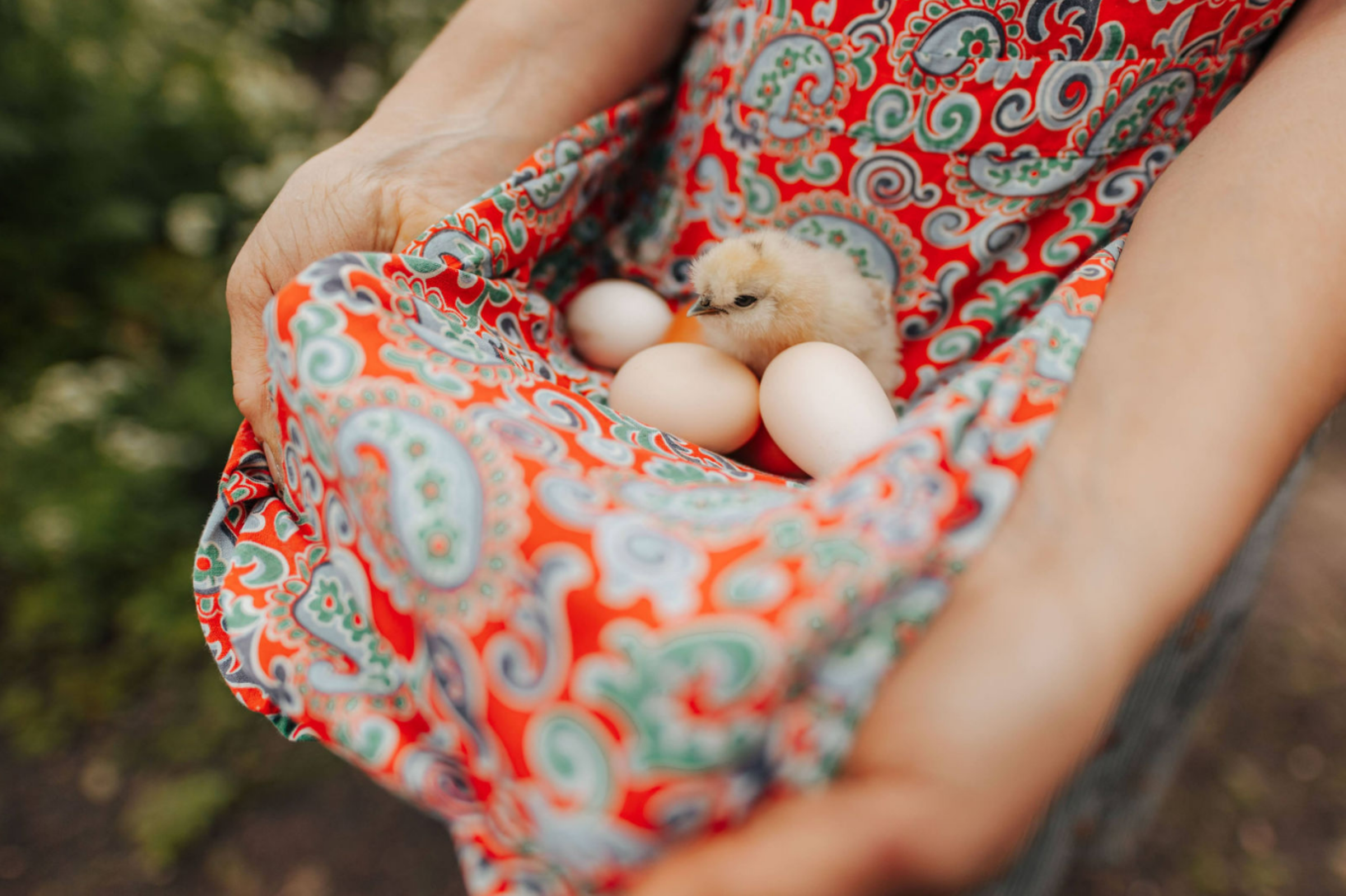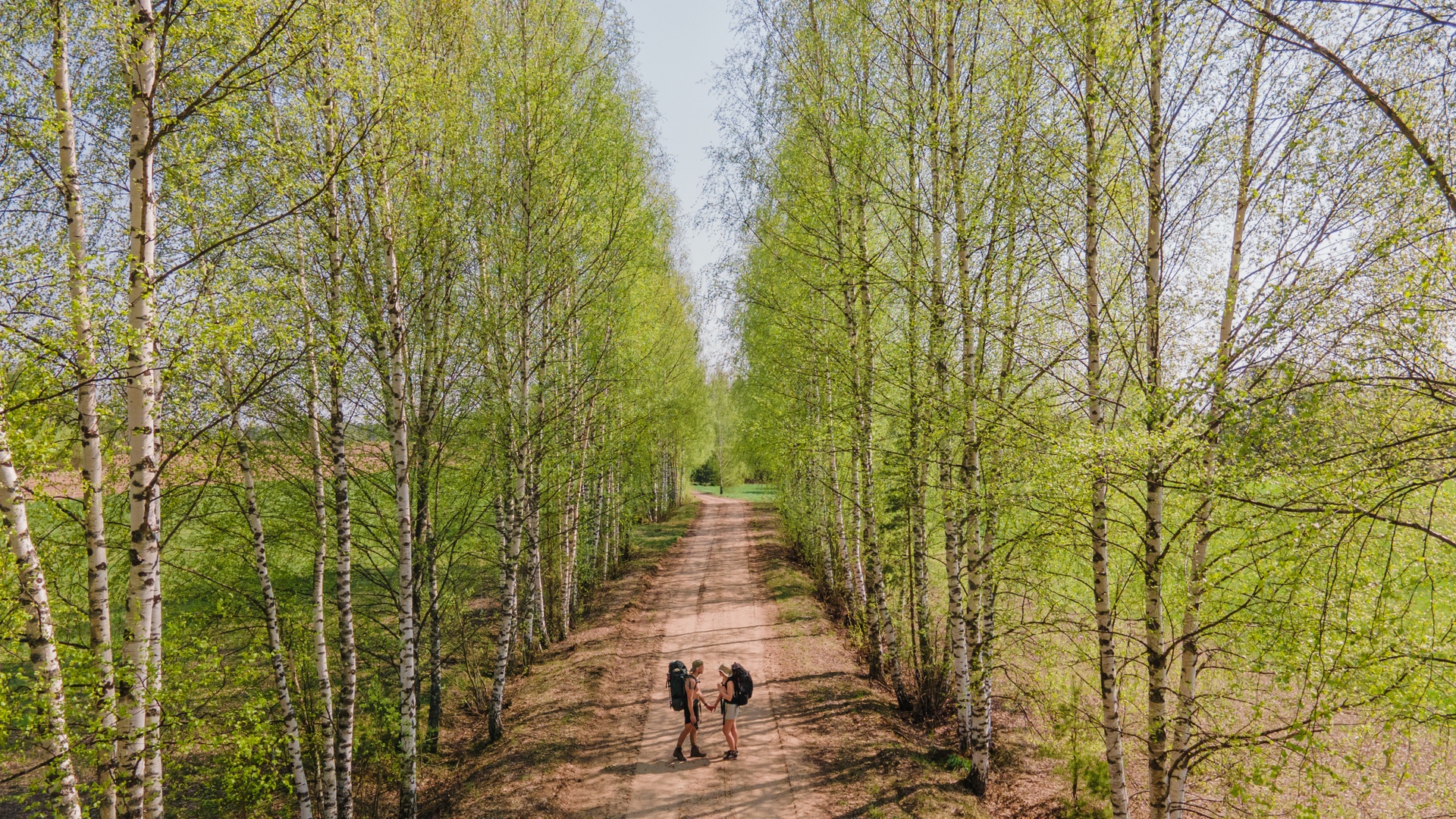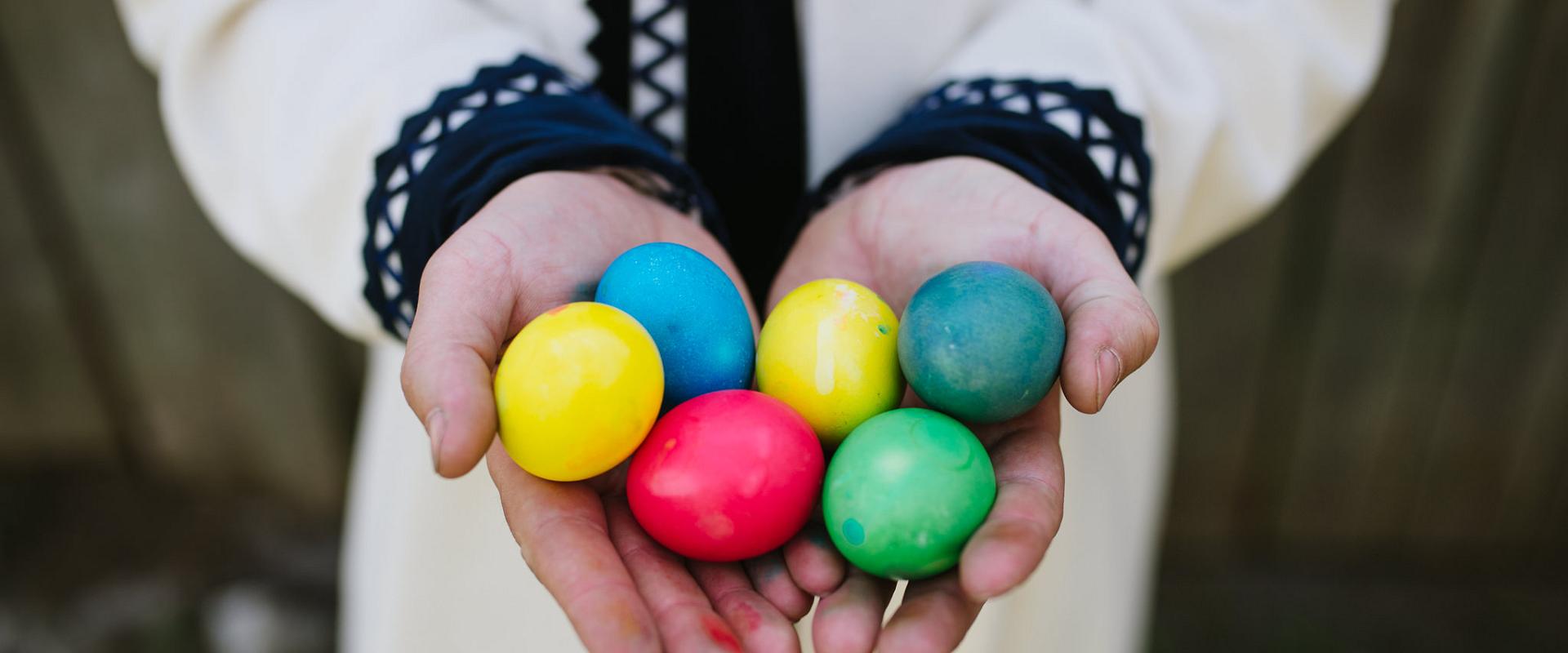
Easter in Estonia: old traditions and new beginnings
Did you know Easter in Estonia is known by four different names? One is "egg holiday" — dyed eggs are the star of the show.
Easter is a time of celebration, of tapping into old traditions to mark the changing seasons.
In the Estonian Folk Calendar, Kevadepüha or Spring Holiday, falls between 16 March and 20 April, marking the week leading up to Easter.
This week was used to complete household chores, such as cleaning after a long winter. The weather during this week could predict the weather for the summer. If it was raining, a wet summer was to follow, and if there was fog, a hot summer was in store.

Look to the sky during Easter break.
The weather during Kevadepüha is said to predict the weather for the upcoming summer.
Maundy Thursday and Good Friday
Maundy Thursday was considered a partial holiday in preparation for Good Friday. Lighter meals, like soup, were consumed. The type of soup eaten varied by region, but everyone rested on Good Friday. It was a rare occasion for anyone to leave their house that day.
"Good Friday is such an important holiday that even the ant doesn't leave his nest, nor does the leaf fall from the tree." - Estonian Folk Calendar (Eesti Rahvakalender)

Source: Näljane nelik
Easter Sunday
Easter is referred to by four different names in Estonian:
- ületõusmispüha (Resurrection)
- lihavõtted (literally meaning meat-taking holiday, marking the end of Lent)
- munadepüha (egg holiday)
- kiigepühad (swing holiday, referring to the tradition of swinging on the large wooden village swing on Easter Sunday)
Easter Sunday in Estonia is usually celebrated with a long lunch, egg dyeing, and an old-fashioned Easter egg hunt. It's common to decorate your own eggs. Typically, the eggs are painted with natural dyes like onion skins or beetroot juice and then put in a basket as a centerpiece for the table. Eggs are also incorporated into meals, usually as egg butter or spread to eat with Estonia's famous black bread.
Although many store-bought dyes may be easier to use, the tradition of using natural dyes is still very common today. According to the Estonian Folk Calendar, the colors had meaning: pink for gentle, green for hope, blue for fidelity, yellow for falsehoods, and grey for balance. Girls would let the boys choose an Easter egg, and depending on which they chose, the girls would then be able to judge their personalities.

Source: Elina Kask
Easter traditions in Estonia
Having real eggs on the table is crucial for the after-meal egg-knocking competition. The rules are simple: tap the end of your egg against your opponent's, and the shell that doesn't crack is the winner!
Many Easter customs still practiced today (like egg knocking) come from old folk traditions. Egg rolling, mostly practiced in Setomaa, has the same principle as egg knocking — you aim to crack your opponent's egg. You roll your egg down a pile of sand and try to hit other eggs. How intricately you make your ramp is completely up to you. The person whose egg remains intact wins!
This was usually the day when eggs were exchanged or given as gifts. Young people would meet at the nearby village swing, and girls would give the Easter eggs they decorated to the boys as a thank you for building the swing they would spend their afternoon on.

Source: Mart Vares
Where to find local celebrations
Easter customs and springtime traditions varied — and up to a point still do — throughout different regions of Estonia. However, it is primarily a family celebration, though there are a few places where you can experience an authentic Estonian Easter. The Estonian Open Air Museum in Tallinn celebrates some of the older Easter traditions every year. You can also visit Setomaa in Southern Estonia to take part in the egg rolling contest and learn more about their traditions.

Explore Estonia's other magical seasons
Last updated
26.04.2024